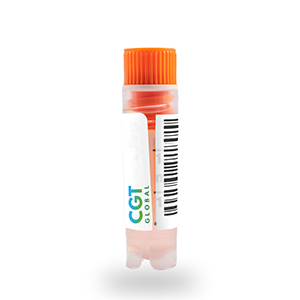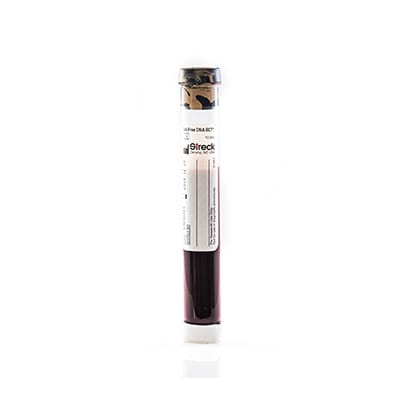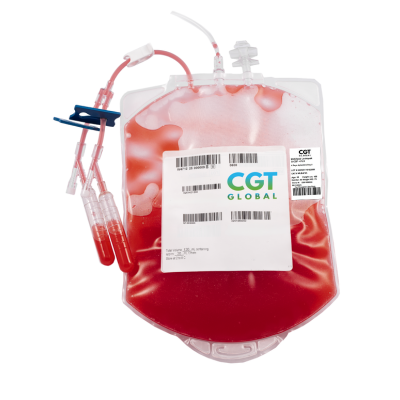Since our founding in 2010, CGT Global has pursued our mission to transform healthcare as we accelerate cell and gene therapy research and clinical trials, streamline the commercialization of new treatments, and map the last mile to patient access to these life-changing remedies. By innovating each stage in the cycle; development, commercialization, and delivery, we reduce the overall cost of the care and multiply access points so that millions can receive cutting edge, life-saving gene and cell therapies.

Description
Basophils are rare granulocytes that are most commonly found in peripheral blood and tissues. The primary function of basophils is to release histamine in response to allergens. Histamine causes blood vessels to dilate and increases blood flow to the inflicted area creating an inflammatory response. An increase in blood flow brings in a steady supply of white blood cells, such as eosinophils and neutrophils, to remove any foreign substance the immune system deems a threat. Basophils are also antigen-presenting cells (APCs) and promote the differentiation of naïve T cells into helper T cells.
Peripheral blood basophils are isolated from whole peripheral blood in a multi-step process. First, granulocytes are enriched via density gradient centrifugation and processed to remove remaining red blood cells. Finally, non-basophils are labeled and depleted from the granulocyte population using immunomagnetic particles leaving purified, untouched basophils. Isolated cells are characterized prior to cryopreservation by flow cytometry to ensure a highly pure and viable cell population.
Cells were obtained using Institutional Review Board (IRB) approved consent forms and protocols.
Additional information
| Anticoagulant | |
|---|---|
| Format | |
| Grade | |
| Species | |
| Cell and Tissue Source | |
| Disease State | |
| Donor Attributes |




